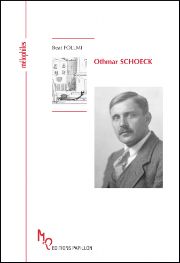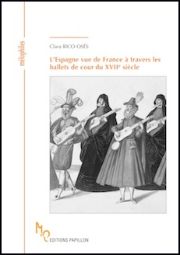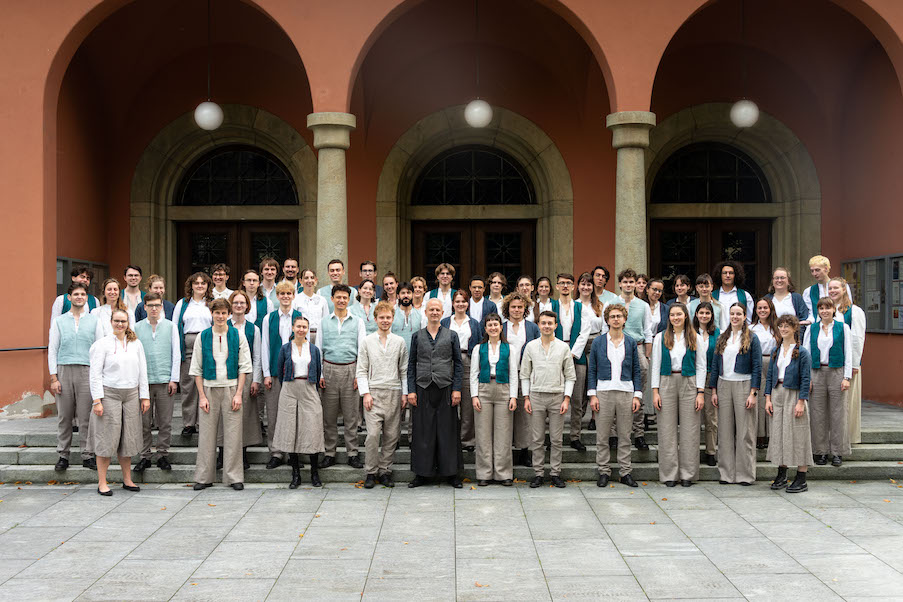Portrait of an egocentric character
Editions Papillon has published the first French-language biography of Othmar Schoeck, as well as a historical study.

After publishing works devoted to the Swiss composers d'Alessandro, Bloch, Honegger and Martin, Editions Papillon is publishing the first French-language biography of Othmar Schoeck in its Mélophile collection. Beat Föllmi, a specialist in this composer, is currently in charge of publishing his complete works, after having compiled a catalog in 1997. Instead of detailed musical analyses, he focuses on describing the environment in which the Zurich composer lived, his circle of friends (including Hermann Hesse) and the not-always-recommendable people who gravitated around him. Schoeck's egocentric, unstable character is of particular interest: in addition to an inglorious life of debauchery, his lack of punctuality and organization prevented him from advancing in his conducting career. For a long time, he cared little about making a name for himself on the international scene, while complaining that he wasn't more widely recognized. He certainly programmed the music of his time in his concerts, attended Dadaist performances, was fascinated by the Wozzeck but the lack of interest in his most stylistically "advanced" works (including his opera PenthesileaHis personal and professional failures (a troubled marriage and financial difficulties) made him misanthropic and full of jealousy. Unfortunately, this context led him to compromise with the odious regime that was taking hold in Germany, in the hope that his works would be more often received by that country's theaters - a miscalculation that could only backfire - to the point of accepting a dubious distinction and collaborating on his last opera with a mediocre Nazi writer who smeared the libretto with his sordid ideology. After the war, ill and depressed, Schoeck wrote a more traditional style of music, which some saw as a bulwark against modernity. Today, with the stylistic plurality of the 20th century now accepted, more nuanced judgments allow us to recognize both the interest of his work and its relative modernity, which is what the author of this book does, providing us with a highly interesting portrait of this important chapter in Swiss musical life.
Beat Föllmi, Othmar Schoeck ou le maître du lied, 224 pages, Fr. 44.95, Editions Papillon, Genève 2013, ISBN 978-2-940310-45-6
Spain seen from France through court ballets
The other publication examines the ambiguous relationship between France and Spain as seen through the lens of court ballets. Although at first glance the subject may seem limited, it soon becomes apparent that the book abounds in themes such as the analysis of satirical engravings from the period, and the history of Spanish dances (among other things, we learn that the saraband was first banned by the all-powerful Spanish Catholic Church, and its practice punishable by 200 lashes and six years in the galley for men, and exile for women). Spain, the proud leading power in Europe during the 16th century, but with its aura waning since the failure of the Invincible Armada against the English fleet, was envied by France, which, hampered by its failures in Italy and the Wars of Religion, dreamed of occupying this first place. On the one hand, the French mocked the Spanish as choleric, hypocritical and overly serious, full of arrogance and ostentation. In ballets and engravings alike, their rodomontades were ridiculed. Believing that the Spaniards possessed neither science nor art, the French, prisoners of their own judgments, had little understanding of Iberian music and theater. On the other hand, Spanish fashion was on the rise: sarabandes and chaconnes made their appearance in French music, as did the use of the five-string guitar or castanets and, more generally, products of Hispanic origin or from Spanish colonies in the New World. Spanish literature (starting with Cervantes) spread, as did the learning of Castilian. As for court ballets, we can follow their evolution: under Louis XIII, they symbolically represented political and military events, while under Louis XIV, the goal of ballet became public enjoyment: spectacular effects replaced burlesque and mockery. By this time, however, relations between the two countries had changed: Louis XIV had married Maria Theresa, daughter of Philip IV of Spain.
Clara Rico Osés, L'Espagne vue de France à travers les ballets de cour du XVIIe siècle, 248 pages, Fr. 44.95, Editions Papillon, Geneva 2012, ISBN 978-2-940310-41-8










